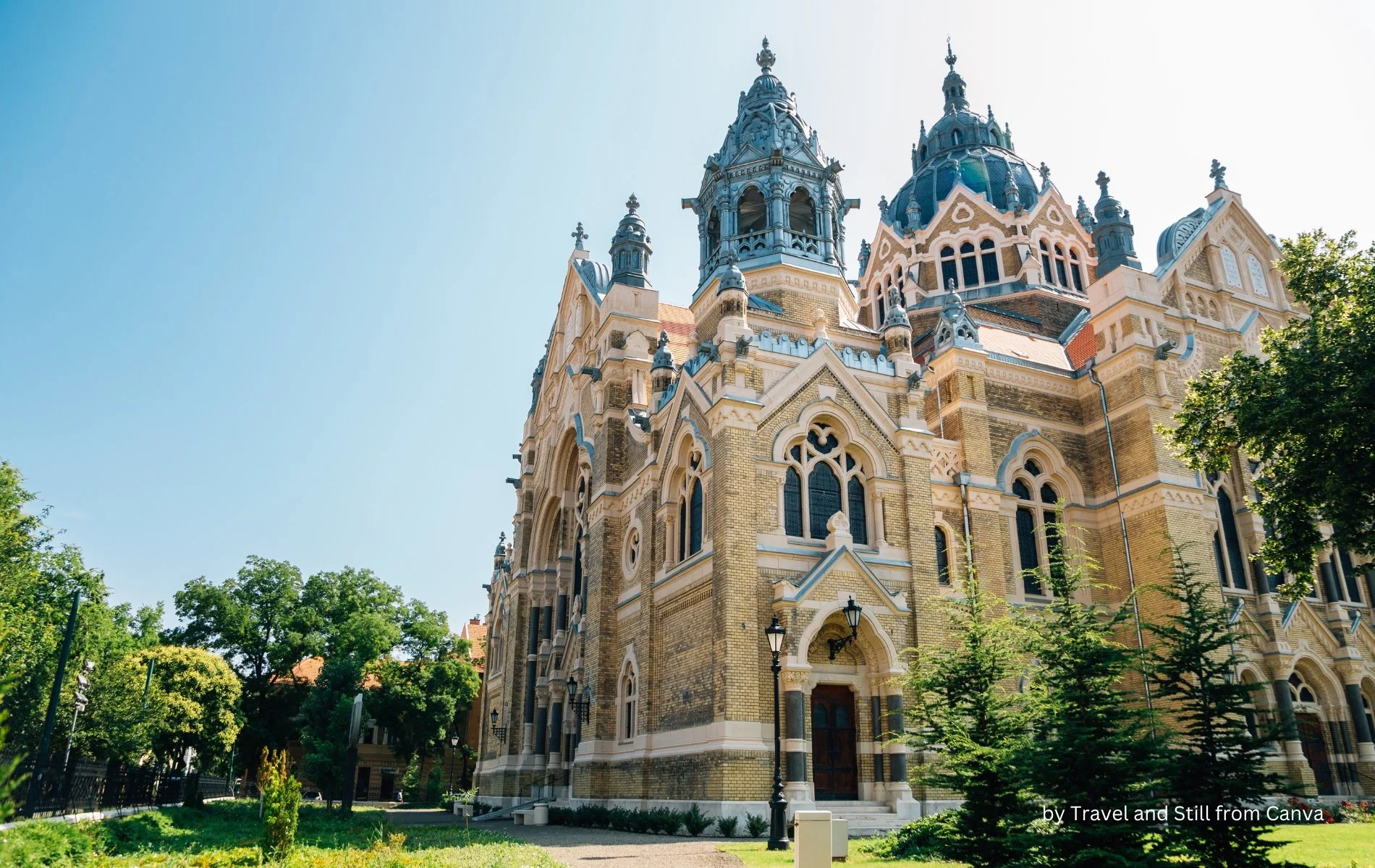Geothermal district heating in Szeged
Overview
Szeged, a Hungarian city near the borders of Serbia and Romania, is home to 162,593 residents. Its beating heart, the municipality district heating system operated by Szetav, serves a whopping 27,256 apartments and 433 public buildings with heat and hot water. But here's the twist: until recently, this system relied entirely on imported fossil gas, making Szetav a heavyweight champion in CO2 emissions.
In the 2000s, Szeged began its journey towards sustainability, embracing geothermal energy as the hero to rescue it from fossil fuel dependency. With the support of GEOSZ and InnoGeo, backed by funding from various sources including the EU's Horizon 2020, the city embarked on a groundbreaking mission. Two geothermal pilot plants, funded by grants and cooperation programs, served as the pioneers, proving that geothermal could be the game-changer.
Fast forward to today, and Szeged is poised to become a geothermal powerhouse, second only to Reykjavik in Europe. The city's ambitious plan aims to slash gas usage in its district heating system by a staggering 60%, paving the way for a greener, cleaner future. With a hefty investment of around €67 million, supported by the European Regional Development Fund and other programs, Szeged is gearing up for a massive transformation.
The blueprint? Twenty-seven geothermal wells, plunging into depths of 1,700-2,000 meters, will tap into the earth's natural warmth, heating pressurized waters to a toasty 92-93 degrees Celsius. These wells will feed 16 heat plants, churning out hot water that will flow through the district heating system, bringing warmth and comfort to every corner of the city. Szeged's journey towards sustainability is not just a local triumph; it's a shining example of what's possible when innovation and determination join forces to create a brighter future for all.
“Thanks to the investment [in geothermal], we can keep tens of thousands of families in Szeged warm in a sustainable, environmentally friendly way. We reduce the amount of gas used in district heating by half and therefore our emissions of pollutants.”
Investments
A 22 billion Hungarian Florian (€67 million) project is developed. This is part-funded with HUF 9.6 (€29 million) by the European Regional Development Fund (ERDF) and the Environmental and Energy Efficiency Operative Programme (KEHOP).
Szetav built nine geothermal networks providing hot water and space heating for public institutions and residential apartments connected to the district heating system at a cost of HUF 20 billion (€48,6 million).
Wells have already been drilled in the city centre, Upper Town, Odessa housing estate, Tarjan and Rokus and the results are:
The Southern Great Plain is the widest part of the Pannonian basin, which covers large parts of Europe. It is characterised by good medium temperature geothermal reserves at relatively low depths. Nine regions - Mako; Morahalom; Balastya; Kistelek; Hodmezovasarhely; Szentes; and Csongrad - within a 50 km radius of Szeged are also seeking to include geothermal into their district heating systems.
Summary
Depth of drilling: 1700 – 2000 meters
Total length of wells: 215 kms of subsurface pipelines
Geothermal power: 235.8 MW installed capacity
Temperature of the water drawn: 93-4 degrees
Units covered: heating and hot water provided to 27,256 apartments and 433 public buildings
Total amount of investments: €67 million
Public contribution: EU tender of €48,6 million, European Regional Development Fund under the Environmental and Energy Efficiency Operative Programme, EEA, Norway grant funds for Regional Cooperation, Horizon 2020, Danube Transnational Program
CO2 emissions avoided: 34,699 tons per year of CO2 saving
Savings in customers’ bills: bills reduced up to 50%


